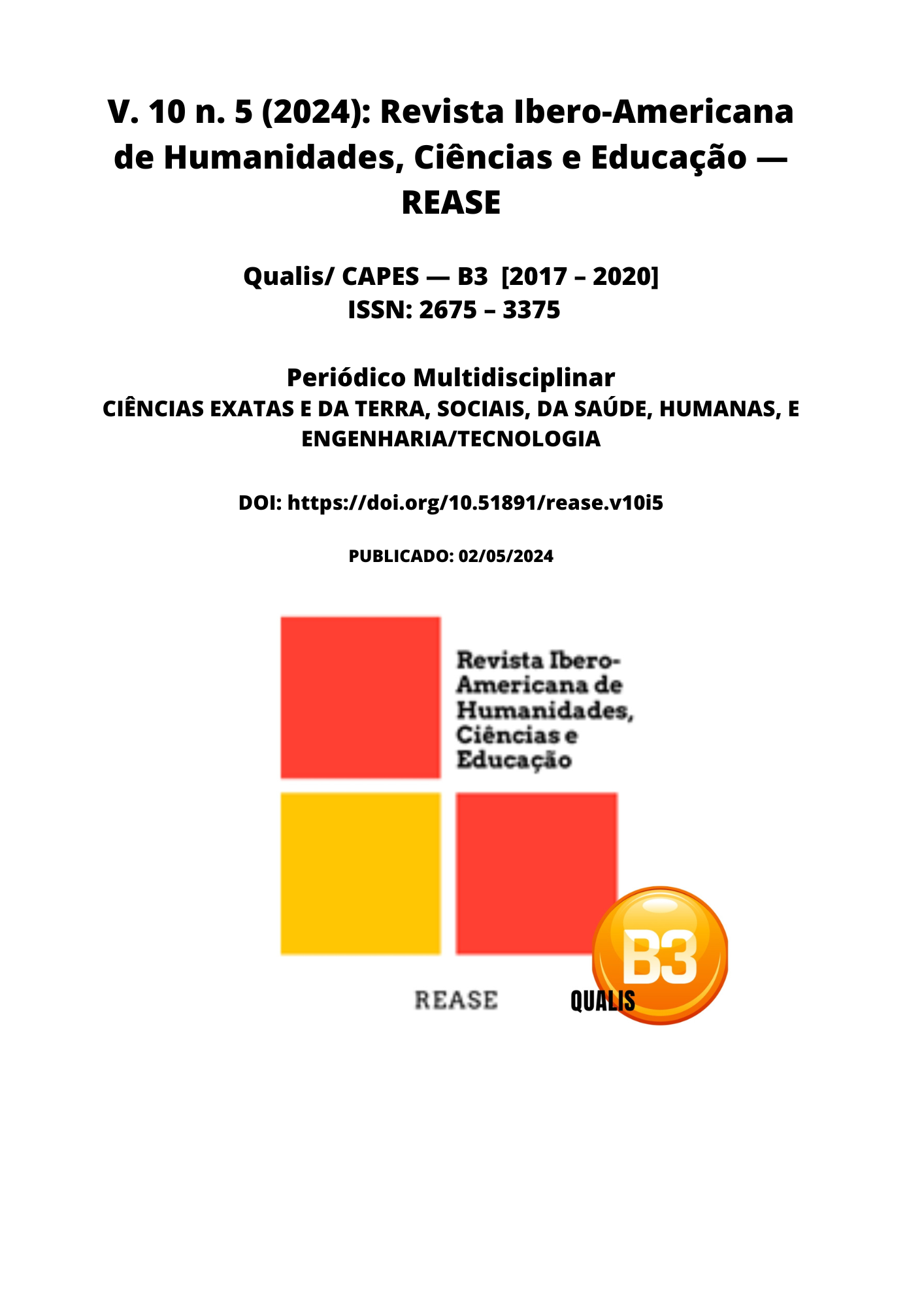EDUCATIONAL STRATEGIES OF BEHAVIOR ANALYSIS APPLIED TO STUDENTS WITH AUTISM SPECTRUM DISORDER
DOI:
https://doi.org/10.51891/rease.v10i5.13918Keywords:
Autism Spectrum Disorder (ADHD). Applied Behavior Analysis. Inclusive Education; Intervention Strategies.Abstract
Autism Spectrum Disorder (ASD) refers to a neurodevelopmental disorder marked by qualitative and quantitative alterations in communication, social interaction and behavior. Despite advances in understanding it, the translation of inclusive educational practices to these students through Applied Behavior Analysis (ABA) in school is still limited. This study aims to explore how ABA can provide inclusive educational strategies for students with ASD. The methodology adopted was a narrative literature review, compiling relevant studies from the last twenty years. Diagnostic criteria, signs and neurobiological markers of ASD were discussed, as well as consequences for learning and educational practices aligned with the perspective of ABA for effective inclusive education. The review highlighted the main executive dysfunctions that impact on learning, difficulties in shared attention, planning, task execution, impulse control, imitation and communication to understand the challenges faced by students with ASD. The educational strategies proposed include structuring the environment, dividing up tasks, using visual clues, alternative communication, individualized teaching plans, adapting materials and assessments, among others. The creation of an adapted educational environment can promote the engagement of students with ASD in learning processes and consequently contribute to their progress and the maintenance and generalization of acquired learning gains. Finally, the importance of continuous research and collaboration between education professionals and schools to improve educational practices for students with ASD is highlighted.
Downloads
Downloads
Published
How to Cite
Issue
Section
Categories
License
Atribuição CC BY

